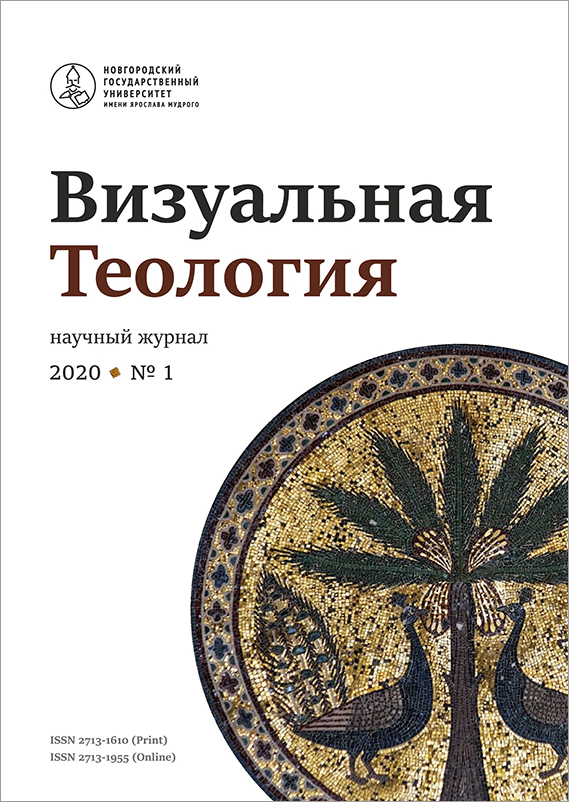Christian Art in Museums: Modern Techniques of Exposition
Abstract
The article examines display methods of Christian art in museums and showrooms. The history of exposition of religious art dates back about 150 years. Throughout museum existence the social role of religious art and museum was understood differently because the demonstration purposes, problems and methods were very different. Recently museum researchers define a museum as an ideological institute where ideology is the process of producing meanings and fixing them as norms. Display methods are described as the methods of creating meanings. When the museum displays certain objects, it shows not only the translation of the dominant knowledge, but also the principles of perception of reality. The analysis of the variety of museum interpretations of the Christian art throughout the entire time of its exhibition allows distinguishing three main approaches: Christian art as an illustration of ideas and concepts, as an artistic work and as a sacred object. Each of them has its own conceptualization, history of application and use in modern practice. The purpose of this article is to study the already developed techniques, sometimes slightly modified, which are used in museum expositions of the last two or three decades. One approach to displaying icons, temple sculptures and objects of decorative and applied art for liturgical purposes in a modern museum considers them as illustrations of certain scientific or cultural concepts, as well as historical documents. One of the versions of this approach is the representation of the religious art as an ethnographic material. Another approach to exhibiting is based on treating icons and liturgical items as works of art. They are considered as recognized masterpieces that should bring the viewer aesthetic pleasure. An important manifestation of artistic and aesthetic positions in such art is the use of specific art concepts for its description: the picturesque features of the region or school, the manner of writing. In modern exhibition practice, this type of demonstration is one of the leading and most common. The third type of display is based on understanding of the Christian art as a sacred object. In this case, with the help of exposition techniques the space of the temple is reconstructed in the halls of museums, the objects of display are symbolically returned to their original surroundings. Moreover, there is a complete reconstruction of the interior of the Church, as well as of its elements, even if they are only a hint of associative reference to the sacred spaces. As a result of the analysis of three main methods of exhibiting the Christian art, the author comes to conclusion that the modern practice of museum demonstration combines previously developed methods of display. The three main techniques described in the article only allow dividing the variety of existing expositions into parts. The actual museum activity is much more complex and in the same exhibition there are sometimes elements of different techniques that complement each other.



